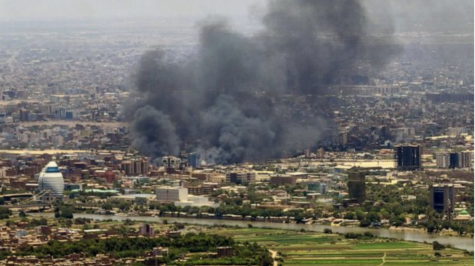Roe v. Wade Overturned: Implications and Future Outlooks
The U.S. Supreme Court reversed Roe v. Wade on June 24, 2022, declaring the constitutional right to abortion nonexistent and paving the way for individual states to ban abortion. Thirteen states, including Alabama and Texas, criminalized abortion in nearly all cases, forcing women to travel to different states in order to undergo the procedure. Now, nearly five months later, this article reflects on the consequences of the overturning of Roe v. Wade.
Guttmacher Institute reported in July that 43 clinics in 11 states had ceased to perform abortions in only the first month after the ruling. Most abortion clinics located in states where abortion is banned have been compelled to close or relocate to more accommodating states. However, the closing of clinics in states with no abortion access has also meant that there is increased pressure for clinics in other areas to take in and treat out-of-state patients. Clinics in Illinois, where state law protects the procedure, have reported that they had three-week wait times and 86% of patients were out-of-state.
Physicians are also forced to consider the implications of recommending abortions to patients who are ill. Pulmonologists held a special session on how to avoid breaking the law while still advising lung disease patients to end potentially dangerous pregnancies during one of their annual conferences. A number of physicians have also criticized the ruling for being vague on the performing of abortions during medical emergencies, as they could face felony charges if they violate the law. There are also reports of pregnant women being denied medically necessary abortions and having their care delayed because of anti-abortion laws. Conditions such as rheumatoid arthritis, lupus, and cancer have medications that could induce miscarriages, which means they’re highly restricted.
Furthermore, statistics from the U.S. Centers for Disease Control and Prevention show that black women are roughly three times more likely to die from pregnancy than white women, and a third of all abortion procedures in the US are performed on black women. This makes them the largest demographic group to be affected by the overturning of the Roe v. Wade decision, heightening the health disparity already prevalent in the country.
The effects of the June Supreme Court decision are felt deeply in every corner of America, although some state constitutions still protect the right to abortion. Although the overturning of Roe v. Wade leaves a smattering of unanswered questions in its wake, it has been made clear so far that the controversy and protest caused by the ruling have launched America into a long and perhaps even dark period of uncertainty.

Hi, I’m Nahye Lee, and I’m the leader of the Chadwick Waves division in CI Journalism. My favorite topics to discuss are philosophy and literature,...



















